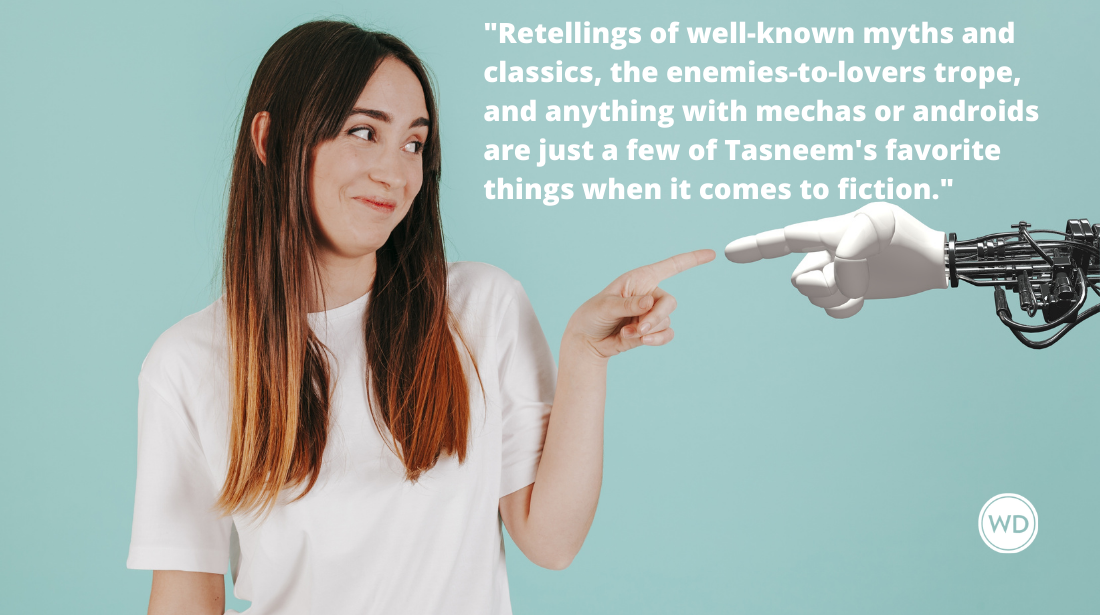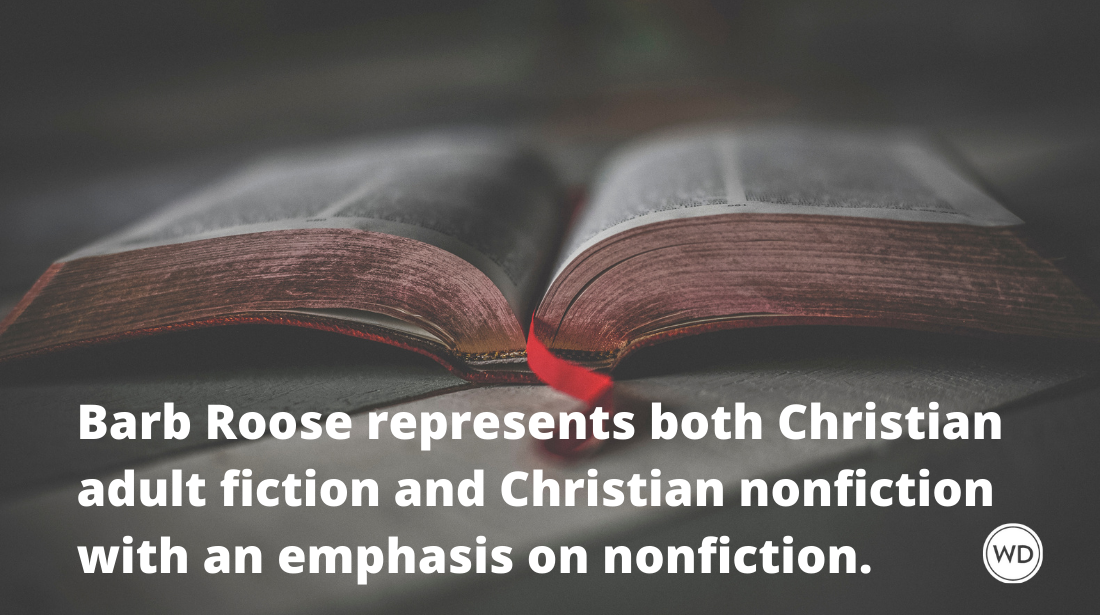Agent Jon Sternfeld On: Engaging Your Audience
Engage your audience: While I’m not a writer, I feel like I’ve developed a firm grasp on why some novels work and some simply don’t. Often during critique sessions, I find myself going over a concept that I think applies well across the board of all genres: ENGAGE YOUR AUDIENCE. Jon Sternfeld is an agent with the Irene Goodman Literary Agency representing literary fiction and narrative nonfiction.
Jon Sternfeld is an agent with the Irene Goodman Literary Agency representing literary fiction and narrative nonfiction.
Jon’s co-agent, Irene Goodman, offers manuscript critiques on eBay every month, starting on the first day of each month, with all proceeds going to charity. Click on the link for more details on these critiques and charity auctions.
Engage your audience:
While I’m not a writer, I feel like I’ve developed a firm grasp on why some novels work and some simply don’t. Often during critique sessions, I find myself going over a concept that I think applies well across the board of all genres: ENGAGE YOUR AUDIENCE.
What ‘engage’ means here, and it may come from my teaching days, is give your reader something to do. Readers are not passive vessels looking to be dragged somewhere and told a story. They’re looking to get involved in a story—caring about the protagonist, wrestling with any issues that the narrative brings up, and most importantly, guessing what happens. This is not just an issue with mysteries or thrillers but with all narratives. All genres are mysteries, in one way or another; don’t forget that.
A reader that is not doing anything is a bored reader. Not only should a reader never be ahead of the author, he/she should be engaged in a back and forth with the author. Readers want to take what is there on the page and extrapolate, use their imagination, draw conclusions, make assumptions. It’s why they’re reading a book and not watching a movie.
This issue goes down to the micro-level of prose as well. When every description is dumped into a paragraph or when every aspect of a character’s personality is explained, basically any time you’re telling and not showing, you’re giving your reader nothing to do. You want to leave a gap for a reader to get active. You want to be asking him or her to fill in the blanks and to infer things from what you’ve suggested. This is active reading and it’s how audiences stay engaged.
When writing or going over your writing, take notice and see if there are gaps for the reader to fill in. Ask yourself: am I asking my reader to work? If not, there’s a problem. Think of a game of hangman with all the letters but one filled in and you get the idea of what not to do. Reading is a cerebral and emotional experience and when an author respects his/her reader enough to engage both of these ideas, beautiful things can happen.
And remember: If you're looking for a professional manuscript critique for a good cause, go to irenegoodman.com for more details.
Jon Sternfeld is an agent with the Irene Goodman Literary Agency representing literary fiction and narrative nonfiction.






